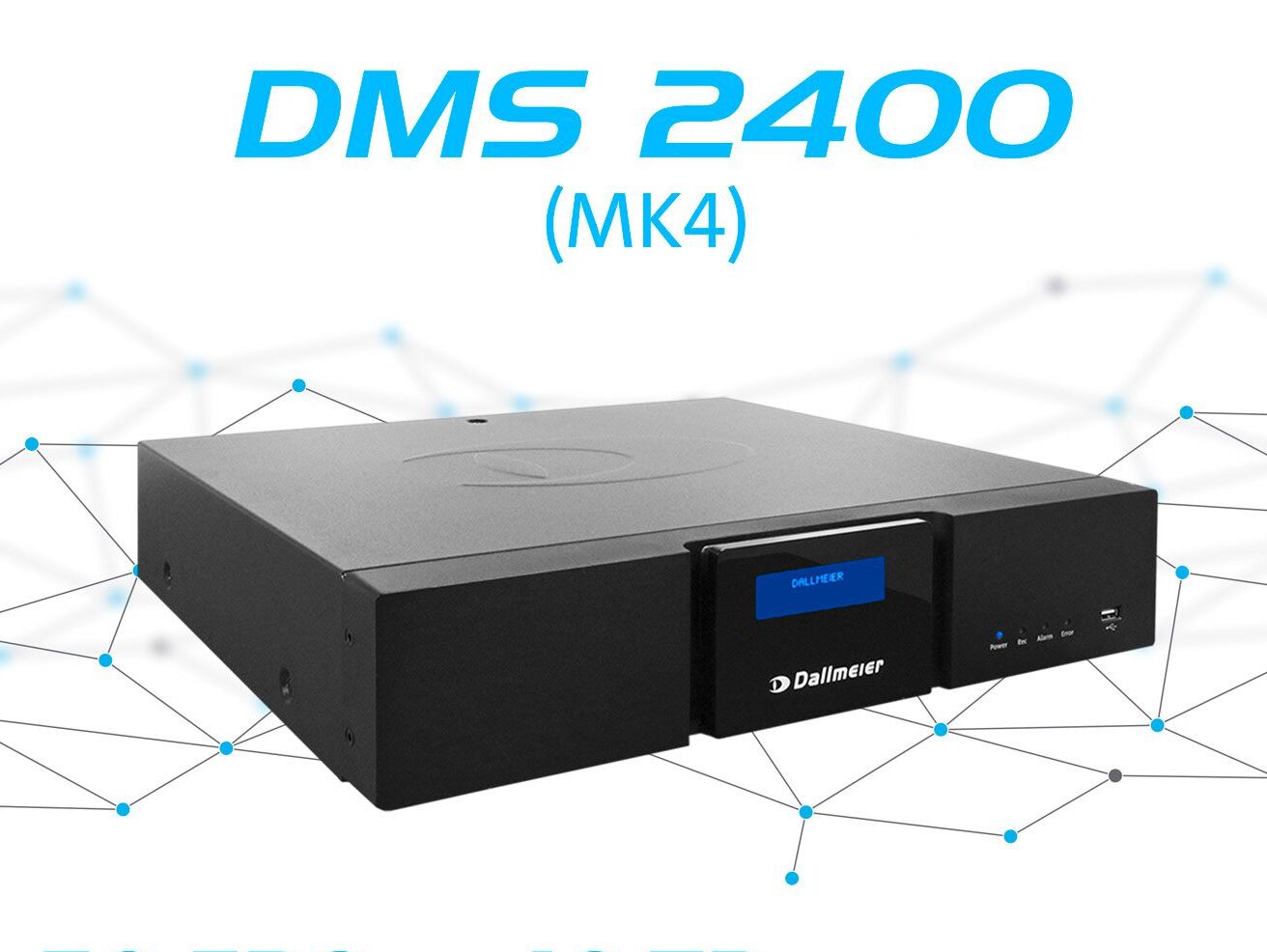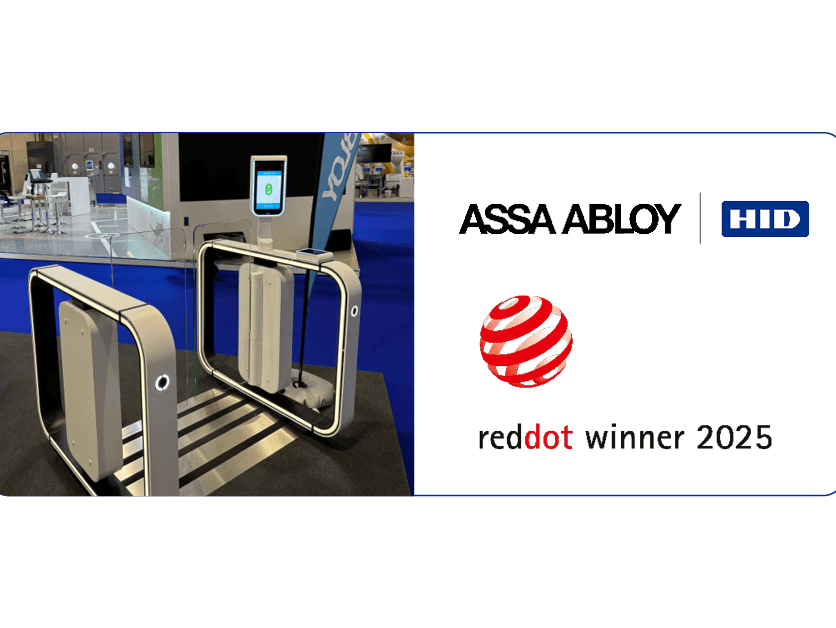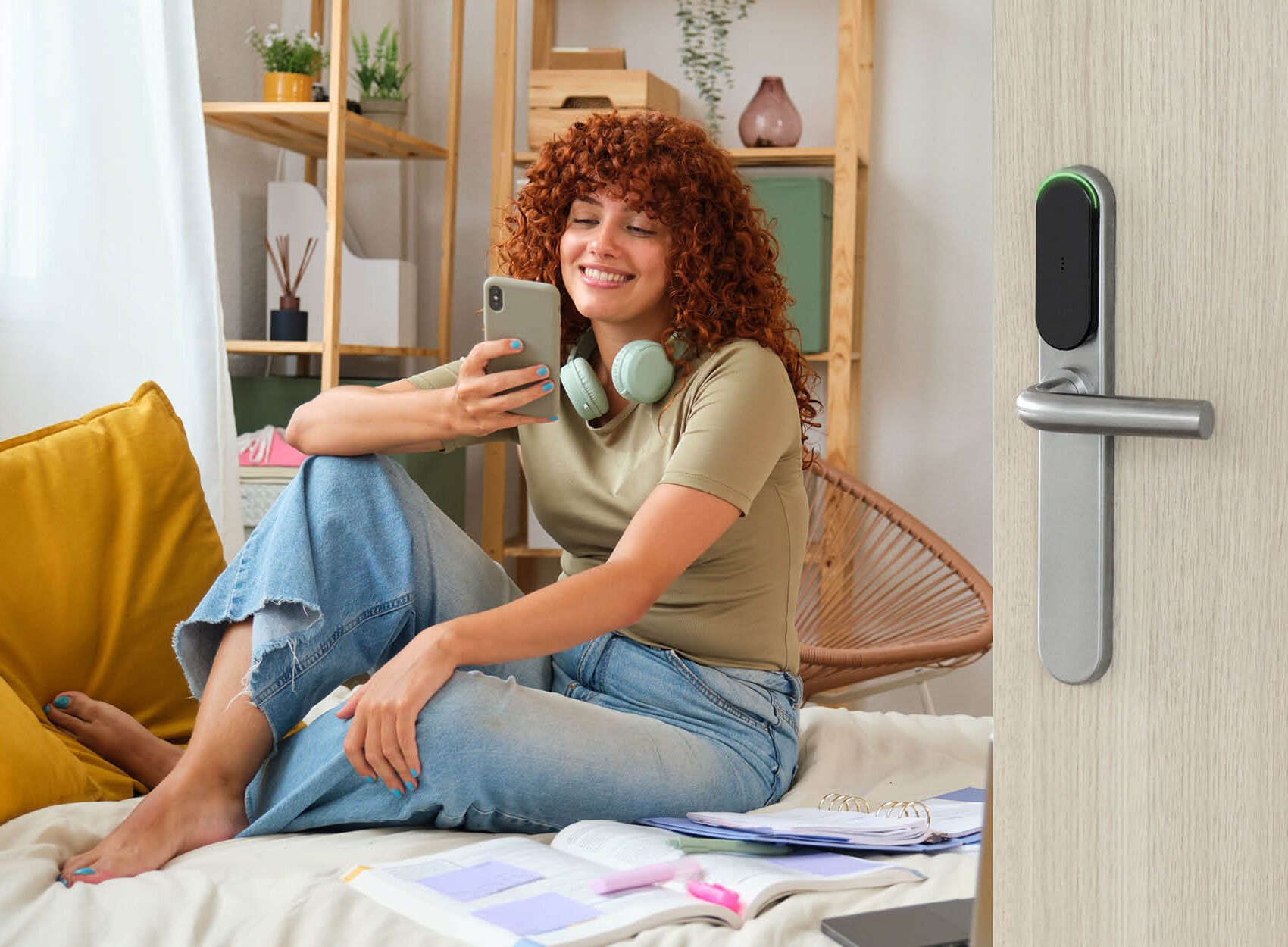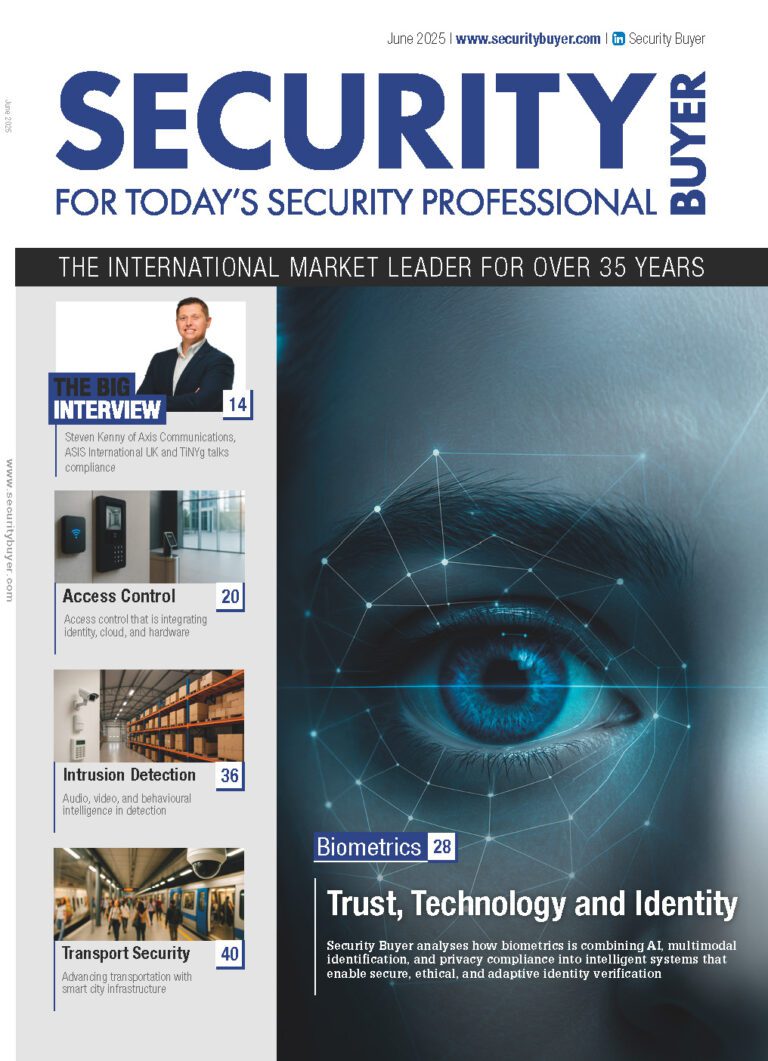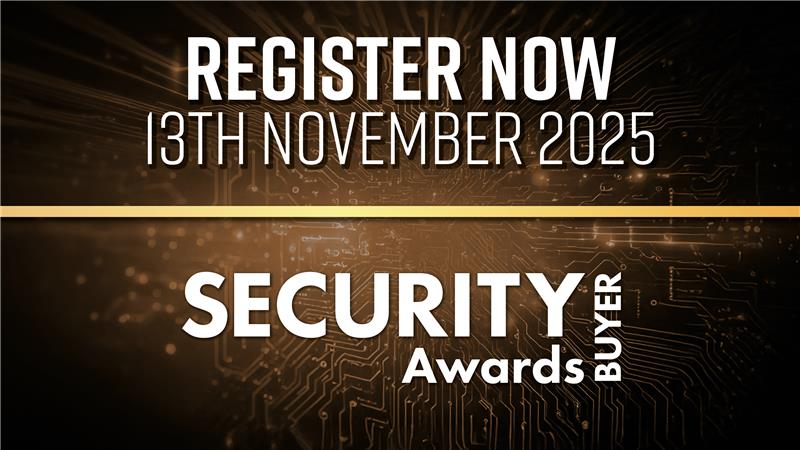Managing Editor Rebecca Spayne and Peter Boriskin, CTO Americas, ASSA ABLOY Opening Solutions explore the latest access control trends
How has the industry, and in particular access control, evolved over your time in the security market?
I think there have been a few key evolutions in this space. Early on, the main evolution was taking disconnected air-gapped systems and putting them onto a network, thereby leveraging the network as the communications medium for access control devices. This made it easier to bring more of those devices online. In the past, access control was typically limited to a few key perimeter doors. When more doors needed access control, it could be cost prohibitive unless you could take advantage of the infrastructure.
The second evolution that we saw was wireless–taking that same access control capability deeper inside the building. So, you could have wireless locks, including padlocks, cylinders, and many other types of locking devices, deeper inside the building to provide auditability, accountability and control.
And then there is the future—what’s next: now that all of these devices are networked and interconnected, we can make meaning out of all the access control data that we are creating every day.
We’re experiencing a period of innovation in the access control market with wireless access control, biometrics, mobile credentials, and more, with one core theme being user experience. How is technology creating a smarter and more seamless experience?
There has been a lot of evolution in this space, and now we’re finally at a place where we can bring these technologies together. This was very clear at the most recent ISC West show. We demonstrated a completely seamless opening pairing biometrics with automatic door controls. With an integrated door strike as well as voice and video, a tenant can walk up to the space where the system recognises that person from a distance and then automatically opens the door. The result is a fully touchless and seamless user experience. If you are not a tenant of the building, this technology makes it very easy for you to be able to connect via voice and video with residents that you are visiting or with the property manager, for example, if you are a contractor and need access. The ability to combine these different capabilities and technologies will allow us to offer a very seamless and integrated user experience.
Increasingly more manufacturers are introducing mobile credentials into their products. Do you think this will be the future of access control for businesses?
There is no absolute yes or no to this question. Unequivocally, mobile credentials are here to stay. In that same breath, so are physical credentials. I believe the use of physical or mobile credentials will be more dependent on the industry in which they are being used than the technology itself. Mobile credentials have become very easy and very secure, and provisioning has gotten much better. However, there are still many industries in which it is necessary to have a physical credential and identification. I think that it will be a long time before all industries adopt a 100% mobile strategy. For example, government, military, municipalities, healthcare, and law enforcement all require the use of a physical credential. There are also industries that use a physical credential for access where your credential needs to be inserted into the computer to provide network access. There are ways that a mobile phone can be used to do that, however, today that’s still more the exception than the rule.
How do connected doors make facilities smarter and more efficient?
The data insights we can collect from connected doors are invaluable—especially information about where personnel are and how they move through the building. This is critical data as you make decisions about real estate, accessibility, and sustainability (such as HVAC and how you want to manage light and shade in the building). Knowing who is where is a critical component to a smart and efficient building.
The urban environment is constantly shifting. How do you ensure safety meets with appropriate standards, particularly when designing for modern built environments?
When we talk about building standards, we always begin with the critical life safety standards. All of our devices, whether they’re mechanical, electromechanical, or electronic, begin with the core requirements of life safety, fire safety, building safety, and then we work backwards into the support of integrated systems.
I think building codes will likely change in the not-too-distant future to include cybersecurity considerations. When we talk about modern building environments, we are seeing it in other countries, however in the US we aren’t quite there yet, although I think this is on the horizon.
Has sustainability come into play in access control?
Absolutely. First and foremost, by controlling access to any door, especially in concert with a door operator or door closer, you’re able to keep doors closed or set notifications when they’re not closed, which helps save on energy. Just keeping the door closed and not letting heat and air conditioning out of an area is going to save money. Secondarily, the devices themselves are getting more efficient. For example, many low power devices can utilise Power–over–Ethernet which is not only more energy efficient, but can also reduce the number of components needed.
We’re also using lower power and ultra-low power wireless devices that reduce energy consumption and overall material usage. And ultimately, the data we gather from those access control openings can be used by building management to optimise the energy efficiency of a space. If there is no one on a particular floor or in a particular conference room, then the temperature set point can be lowered, reducing cooling costs. The only way to get this data is through the access control and security management system. Overall, electronic access control can have an incredibly positive impact on sustainability.
Read more exclusives and news in our latest issue here.
Never miss a story… Follow us on:
Security Buyer
@SecurityBuyer
@Secbuyer
Media Contact
Rebecca Morpeth Spayne,
Editor, Security Portfolio
Tel: +44 (0) 1622 823 922
Email: [email protected]


